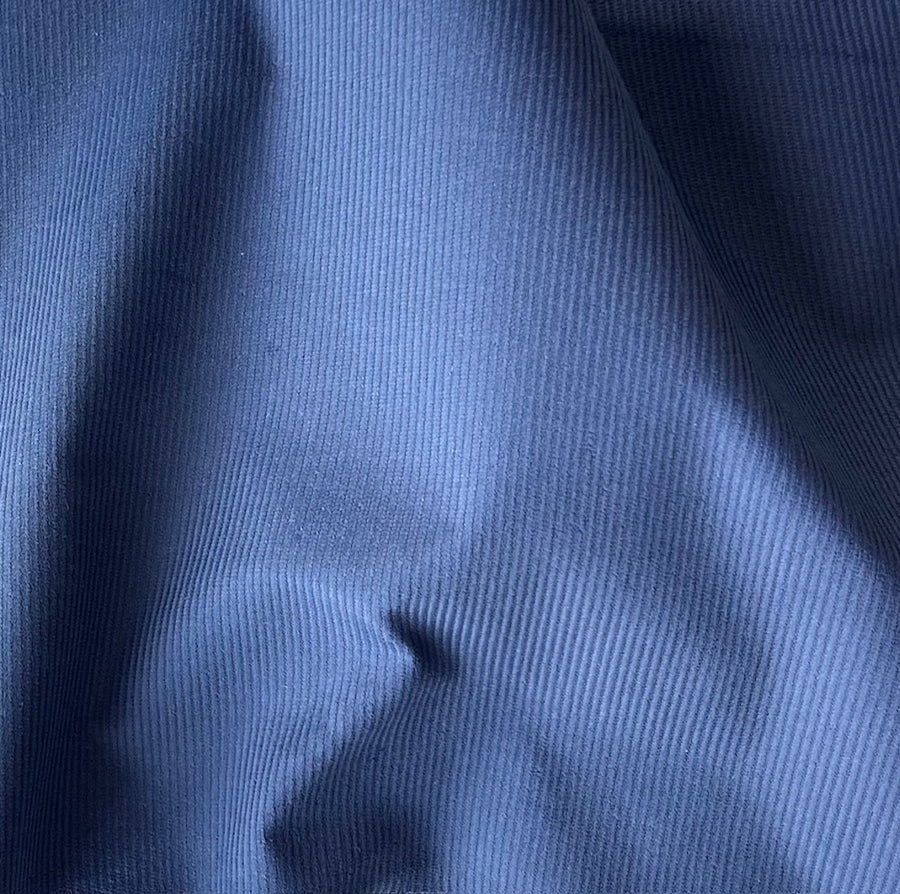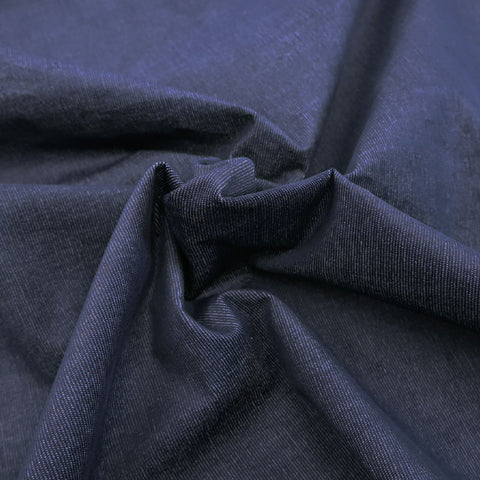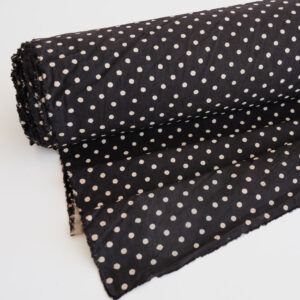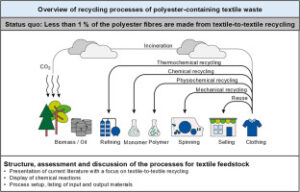Can You Mix Felt with Synthetic Corduroy?

Introduction
Fabric compatibility is crucial in fashion and sewing, as it determines the success of a project both aesthetically and functionally. Mixing felt with synthetic corduroy can offer unique design possibilities, but understanding their compatibility is key. In this article, you’ll learn about the properties of these fabrics, their benefits and challenges when combined, and tips for sewing and caring for them.
Compatibility Analysis
Yes, you can mix felt with synthetic corduroy, but it requires careful consideration of their properties. These fabrics can complement each other when used thoughtfully, as they offer contrasting textures and weights. Key factors include:
- Texture: Felt is soft and dense, while synthetic corduroy has a ribbed texture. This contrast can add visual interest.
- Weight: Felt is typically heavier, which can stabilize lighter corduroy.
- Stretch: Neither fabric has significant stretch, reducing the risk of distortion.
- Care Requirements: Felt is often more delicate, requiring gentle handling compared to synthetic corduroy.
- Durability: Both fabrics are durable, but corduroy may show wear more quickly due to its texture.
Fabric Properties Comparison Table
| Property | Felt | Synthetic Corduroy |
|---|---|---|
| Fiber Content | Natural (wool) or synthetic (acrylic) | Synthetic (polyester, nylon) |
| Weight and Thickness | Heavy, dense | Medium, ribbed |
| Breathability | Low | Moderate |
| Stretch and Elasticity | Minimal | Minimal |
| Wrinkle Resistance | High | Moderate |
| Care Instructions | Hand wash, cold water | Machine wash, warm water |
| Durability | High | Moderate to high |
Benefits of Mixing These Fabrics
Mixing felt with synthetic corduroy can enhance your projects by:
- Enhanced Texture and Visual Interest: The combination of smooth felt and ribbed corduroy creates a dynamic look.
- Improved Comfort and Performance: Felt’s warmth and corduroy’s breathability can enhance comfort.
- Better Drape and Movement: The weight of felt can improve the drape of corduroy.
- Cost-Effectiveness: Synthetic materials are often more affordable.
- Seasonal Versatility: This mix can be suitable for both warm and cool weather.
- Design Possibilities: Offers a variety of applications in fashion and home decor.
Potential Challenges
While mixing these fabrics offers benefits, challenges include:
- Different Shrinkage Rates: Pre-wash fabrics to minimize discrepancies.
- Conflicting Care Requirements: Use gentle settings suitable for both.
- Texture Clash or Pilling: Test a small area to ensure compatibility.
- Seam Puckering: Use appropriate stitching techniques to prevent puckering.
- Color Bleeding or Fading: Test for colorfastness before combining.
Practical Solutions and Workarounds
- Pre-treat fabrics to manage shrinkage and colorfastness.
- Use interfacing to stabilize seams and prevent puckering.
- Choose neutral or complementary colors to avoid bleeding issues.
Sewing & Styling Tips
- Sewing Techniques: Use a walking foot to manage the different textures.
- Needle and Thread: Use a universal needle size 80/12 and polyester thread.
- Interfacing Needs: Lightweight interfacing can stabilize seams.
- Seam Finishing: Use overlocking or zigzag stitches to finish edges.
- Pattern Selection: Choose simple patterns to highlight fabric textures.
- Styling Ideas: Combine in jackets, skirts, or home decor items like cushions.
Care & Maintenance Guide
- Washing Instructions: Hand wash or use a gentle cycle with cold water.
- Drying Recommendations: Lay flat to dry to maintain shape.
- Ironing and Steaming: Use a low heat setting and a pressing cloth.
- Stain Removal: Spot clean with mild detergent.
- Long-term Care: Store in a cool, dry place to prevent damage.
FAQ Section
-
Can you wash felt and synthetic corduroy together?
- Yes, but use a gentle cycle and cold water to protect both fabrics.
-
Will felt shrink more than synthetic corduroy?
- Felt may shrink more, so pre-wash is recommended.
-
What needle size should I use for sewing these fabrics together?
- A universal needle size 80/12 is ideal.
-
Can you mix felt and synthetic corduroy in one garment?
- Yes, they can be combined for unique texture and style.
-
How do you prevent seam puckering when combining these fabrics?
- Use a walking foot and stabilize seams with interfacing.
-
Is it okay to mix felt and synthetic corduroy for upholstery?
- Yes, but ensure durability by reinforcing seams.
-
What’s the best way to finish seams with these fabrics?
- Use overlocking or zigzag stitches for clean, durable seams.
By understanding the properties and care requirements of felt and synthetic corduroy, you can successfully mix these fabrics to create stylish and durable projects. Whether you’re designing fashion pieces or home decor, this combination offers a world of creative possibilities.



Leave a Reply